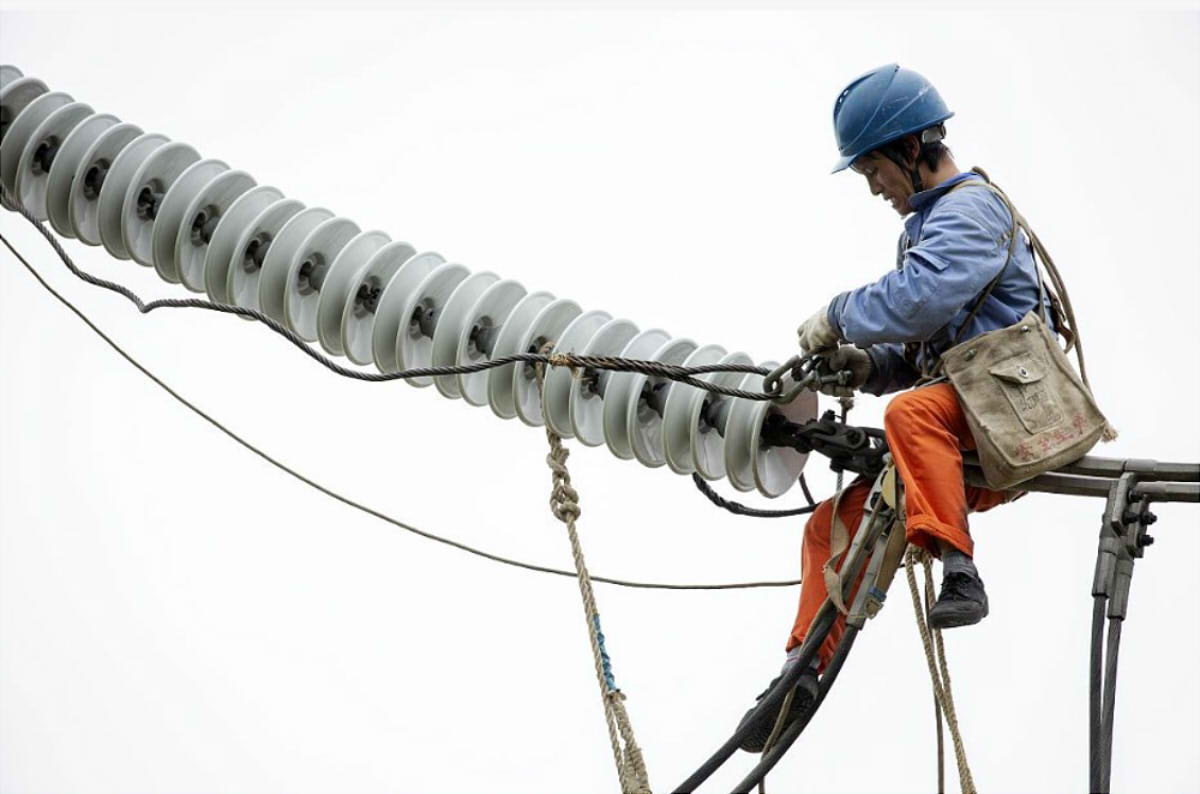An electrical insulator is an electrical device that insulates conductors from each other and from the conductor to ground.. Ensure that overhead cables have reliable electrical insulation resistance. They are used to hold overhead conductors in place and support vertical and horizontal loads..
There are many types of electrical insulators of various shapes. The structure and shape of the different types of insulators vary considerably.. But they all consist of two main parts that are the insulating parts and the cable connection fittings.
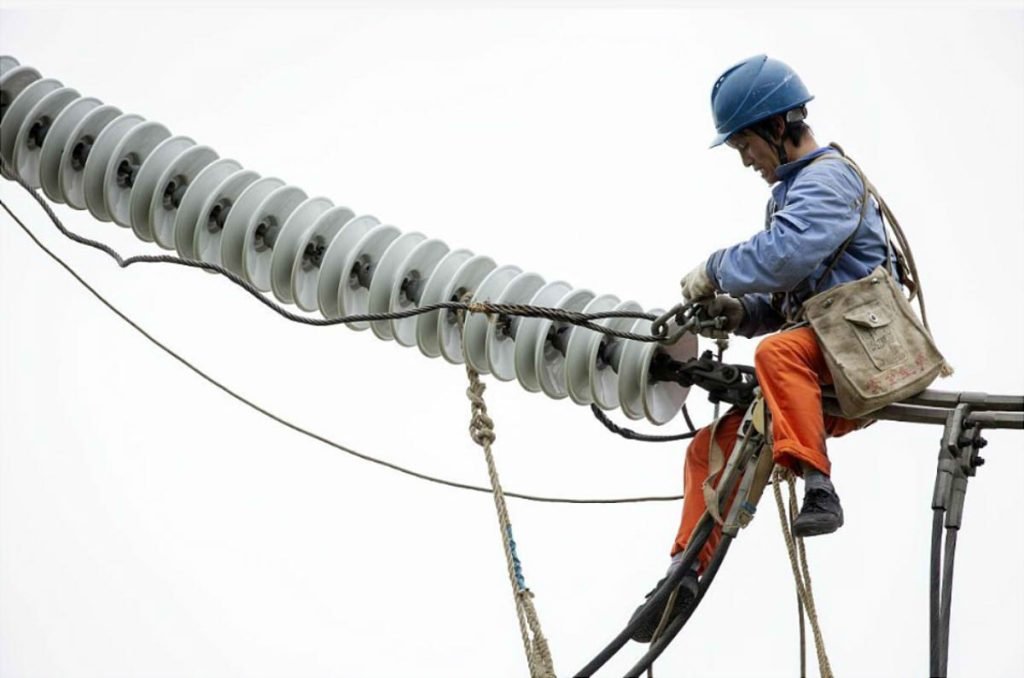
Classification of Electrical Insulators
Strain
Electrical insulators can be classified based on the voltage used in low voltage insulators (CA 1000 V is inferior, CC 1500 V is inferior) and high voltage insulators (CA 1000 V is superior, CC 1500 V is superior). High voltage insulators are divided into extra high voltage insulators (CA 330kV y 500kV, CC 500kV) and ultra high voltage insulators (CA 750kV y 1000kV, CC 800kV).
Isolating material
Insulators can be divided into porcelain insulators, tempered glass insulators, compound insulators and semiconductor insulators, according to the different insulating materials. Composite insulators have an insulating part made up of a rod with a fiberglass resin core and a sheath of organic material..
Structure
According to its structure, electrical insulators can be divided into pole insulators, suspension insulators, butterfly insulators, pin insulators, crosshead insulators, post insulators and shell insulators.
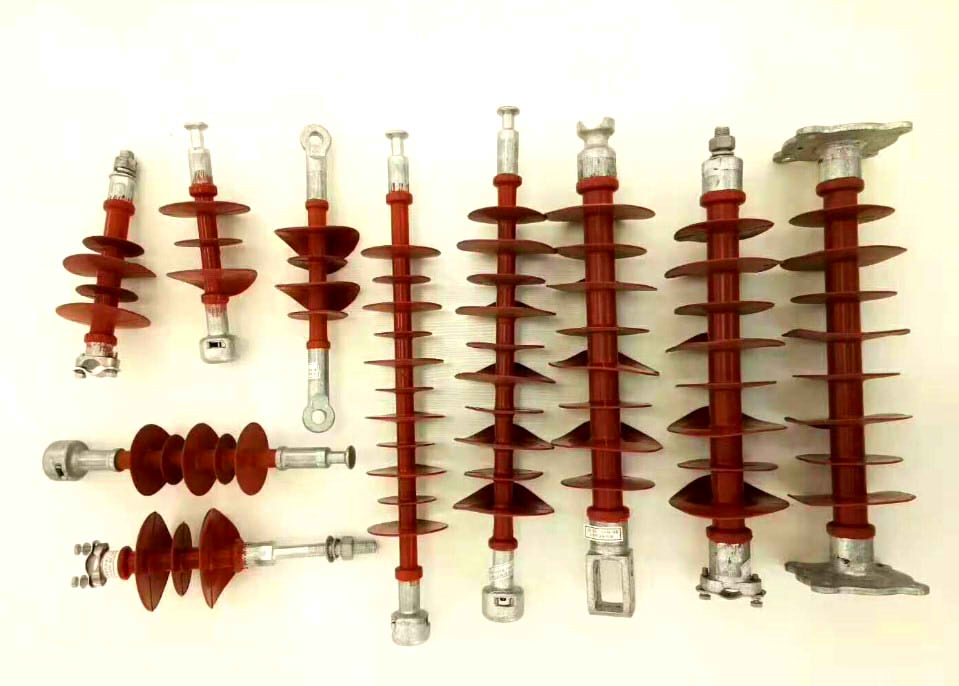
Application
according to your application, can be divided into insulators for power lines, power plant insulators and electricity insulators. Insulators for power plants are used to support and fix the rigid bus bars of electrical installations in power plants and substations and to isolate the bars from the ground. Electrical insulators are used to secure current-carrying parts of electrical appliances. Line insulators are used to reinforce the overhead transmission conductors and distribution and soft bus bars of outdoor power distribution equipment and to insulate grounded parts.
Usage Environment
Inner type insulators do not have an umbrella skirt on the surface. Outdoor insulators have a large umbrella skirt on the surface. It is used to increase the discharge distance from the surface and block the flow of water in rainy weather.. This makes it possible for them to function reliably in adverse weather conditions.. The insulator is like a valve that blocks mutual interference.
Break Distance
Electrical insulators can be divided into rupture insulators and non-rupture insulators based on whether the minimum rupture distance is less than half the outdoor air flashover distance.
Most Used Electrical Insulators
In accordance with the requirements of mechanical resistance, insulating cords can be assembled into single cords, double and V-shaped. For the very high voltage lines or the long span lines, three or four string insulators can be used due to cable tension and strength requirements.
There are basically two main types of insulator strings: suspension insulator strings and tension insulating ropes. Suspension insulators strings are used in linear towers. Insulating tension ropes are used in tension towers or corner towers and terminals. The following types of electrical insulators are commonly used.
Ordinary Porcelain Suspension Insulators
Suspension porcelain insulators can be divided into ball and groove connections based on the way the metal fitting is connected.. The ball type connection is mostly used for electricity transmission lines..
Pin Insulators
The pin insulator is mainly used on linear poles or small corner towers where the voltage does not exceed 35 Kv. The stress on the conductor can't be too high. Its advantage is that its manufacture is simple and cheap.. Its disadvantage is that the level of resistance to lightning is not high and it is easy for flashover to occur..
Dirt Resistant Porcelain Suspension Insulators
Ordinary porcelain insulators are only suitable for use in normal areas. in dirty areas, the insulator has smaller creepage distances and is prone to accidents. Therefore, dirt resistant porcelain suspended insulators must be used to achieve the corresponding level of creepage distance.
Tempered Glass Suspension Insulators
Suspension glass insulator has the advantages of being light, very resistant to lightning. It has good resistance to both high and low temperatures.. When the insulator suffers an electric discharge, her glass skirt will burst on its own.
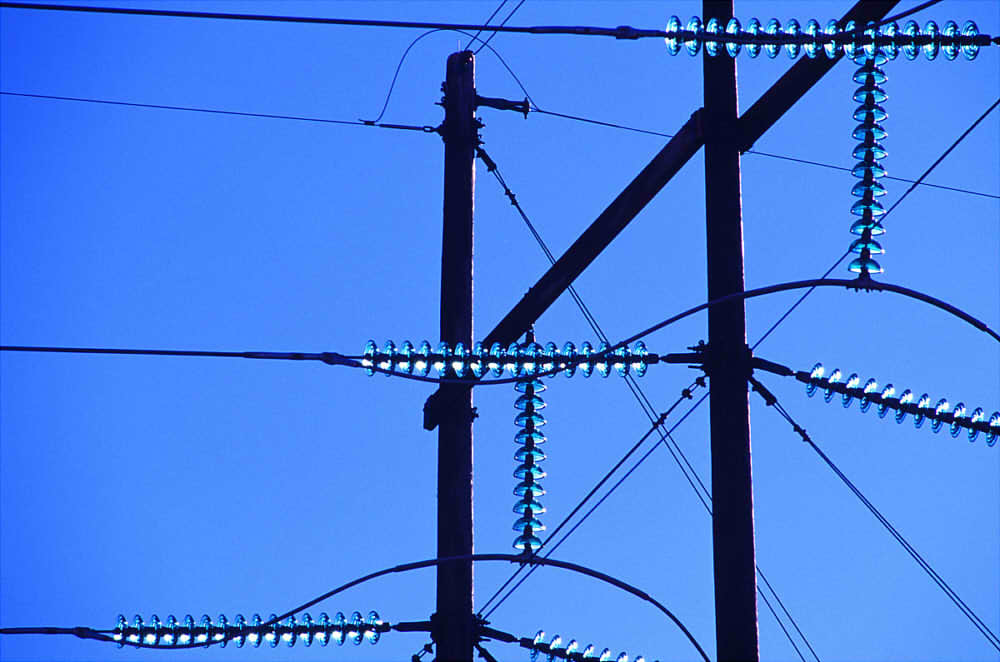
Porcelain Crosshead Insulators
Porcelain spacers have a high level of insulation and a high self-cleaning capacity., reducing manual cleaning. Besides, porcelain spacers can replace steel spacers and save steel. This electrical insulator is simple in its structure, easy to install and less expensive.
Synthetic Insulators
Synthetic insulation is a new type of dirt-resistant insulation, especially suitable for use in dirty areas. Effectively protects against flashovers in transmission lines due to contamination. Compared to dirt resistant porcelain insulators, these insulators have the advantages of a small size, light weight and long cleaning cycle. They are not easy to break and are convenient to install and carry..
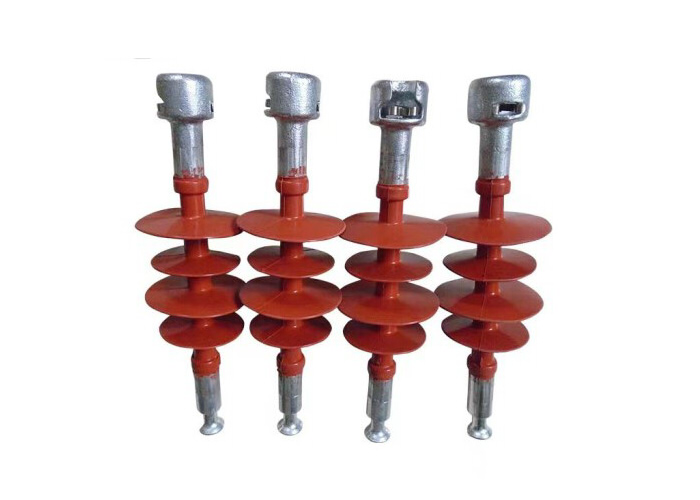
Resume
Electrical insulators help prevent electrical current from flowing through unwanted materials and reduce the risk of short circuits and electrical faults. They also help protect people and animals from dangerous electrical currents.. They are essential to ensure the safety and reliability of electrical systems. It is important to choose the right electrical insulators considering the needs of your electrical system, environmental conditions, applicable rules and regulations, and the quality and reliability of the manufacturers.

